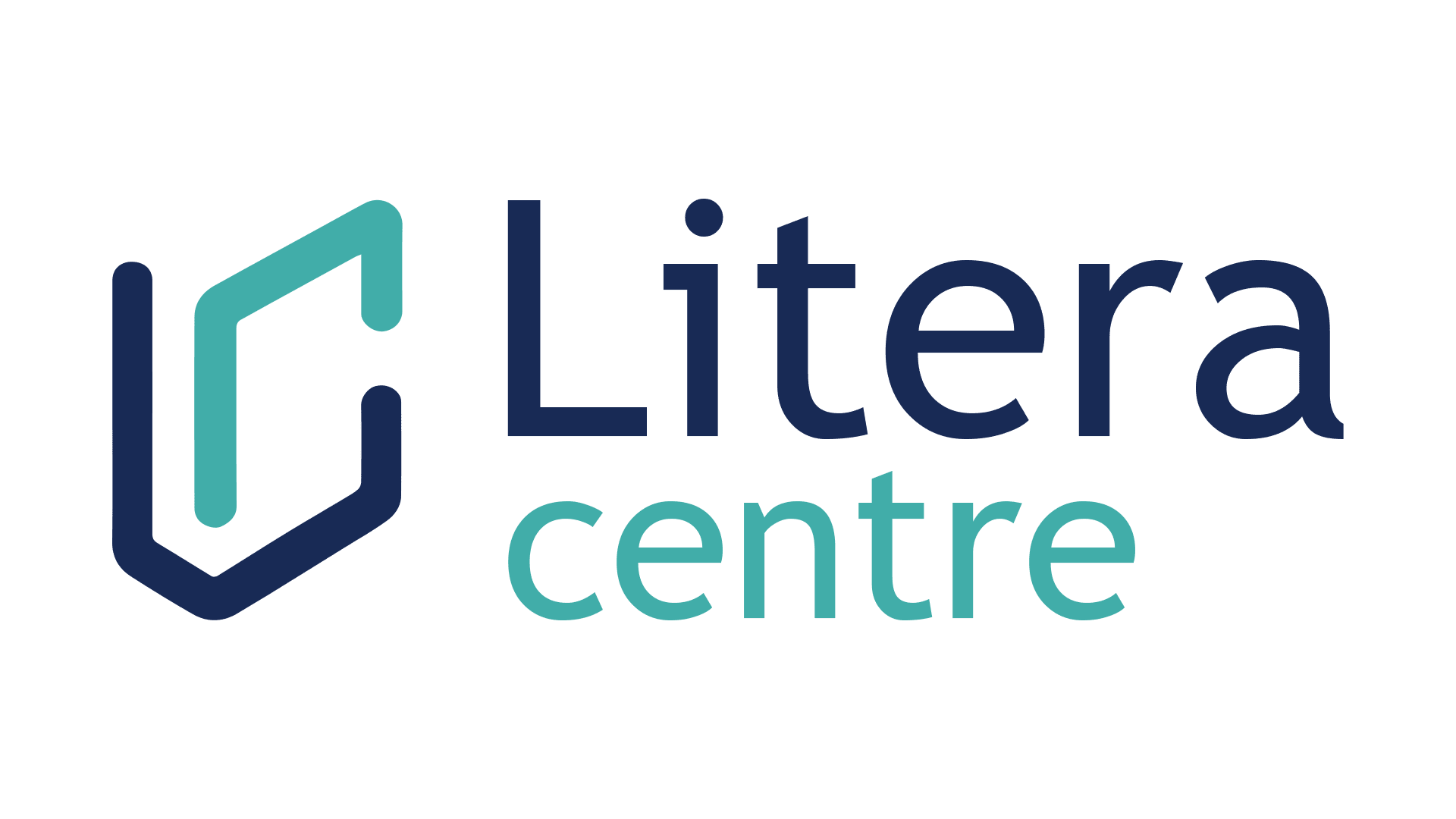During the 1950s, the United States experienced a transformative emphasis on science and technology education in response to the launch of the Soviet Union’s first artificial satellite, Sputnik, in 1957. This historic event came as a surprise, highlighting America’s perceived vulnerability in scientific and technological capabilities during the Cold War era.
To address these concerns, the U.S. government took decisive action by enacting the National Defense Education Act (NDEA) in 1958. The NDEA aimed to fortify the nation’s educational infrastructure, particularly in the areas of science, mathematics, and foreign languages. By allocating significant federal funding, the government sought to enhance intellectual resources, essential for national security and economic growth. This concerted effort led to an increased focus on STEM (science, technology, engineering, and mathematics) subjects across schools nationwide. Curricula were expanded, and new courses were introduced to cultivate a generation of skilled scientists, engineers, and mathematicians who would be at the forefront of innovation and research. The legacy of this emphasis on science and technology education endures today, as it continues to shape the American education system, producing generations of scientists, engineers, and innovators who contribute to the nation’s technological leadership and global competitiveness.
In the 1950s, the United States witnessed significant shifts in its US curriculum educational. Several key developments occurred during this period:
Emphasis on Science and Technology:

The launch of the Soviet Union’s first artificial satellite, Sputnik, in 1957, served as a catalyst for a transformative emphasis on science and technology education in the United States. This momentous event prompted concerns about America’s scientific and technological capabilities, especially in the context of the ongoing Cold War rivalry. In response, the U.S. government took proactive measures by stressing the vital importance of science and technology education in schools. The aim was clear – to nurture a new generation of skilled scientists, engineers, and mathematicians who could compete with the Soviet Union and secure America’s position as a global leader in scientific advancements.
Driven by a sense of urgency, the government’s commitment to science and technology education led to various initiatives and investments. Schools across the country prioritized STEM (science, technology, engineering, and mathematics) subjects, offering expanded and innovative courses to foster the development of critical skills in these fields. The government’s dedication to producing a highly skilled workforce in science and technology created a lasting legacy, as the focus on STEM education continues to be a prominent feature of the American educational landscape, empowering generations of talented individuals to push the boundaries of innovation and ensure America’s continued leadership in the realm of science and technology.
The New Math Movement:

During the late 1950s and early 1960s, the New Math movement made its mark on the educational scene. This reform aimed to revolutionize mathematics education by introducing more abstract and theoretical concepts to students at a younger age, with the intention of fostering critical thinking abilities. Supporters of the New Math believed that this approach would equip students with a deeper understanding of mathematical principles, better preparing them for the challenges of an increasingly complex world. The movement sought to emphasize problem-solving and analytical skills, encouraging students to think creatively and logically.
However, despite its promising intentions, New Math faced significant criticism and encountered various challenges. Many educators and parents found the curriculum to be overly complex and difficult to implement effectively in the classroom. Critics argued that the approach was too abstract and divorced from practical, real-world applications, making it challenging for students to grasp and apply in everyday scenarios. As a result, the New Math gradually lost momentum and faded out, leading to subsequent shifts in mathematics education and a renewed focus on striking a balance between conceptual understanding and practical problem-solving skills.
Social Studies Emphasis:

In the 1950s, there was a notable increase in the emphasis placed on social studies in the United States. This academic discipline encompassed subjects such as history, geography, civics, and other social sciences. The heightened focus on social studies aimed to promote civic awareness and patriotism, especially in the context of the Cold War era.
Educators and policymakers recognized the importance of nurturing informed and engaged citizens during this critical period in history. By incorporating social studies into the curriculum, schools sought to equip students with a deeper understanding of their country’s past, its values, and its democratic principles. This knowledge, in turn, empowered students to participate actively in their communities and embrace their roles as responsible and informed members of society. The emphasis on social studies not only fostered a sense of national pride but also encouraged critical thinking and civic responsibility, laying the groundwork for a more engaged and civically-minded generation of Americans.
Bilingual Education:

During the 1950s, schools in the United States became increasingly aware of the needs of non-English-speaking students due to a significant influx of immigrants. In response, some schools proactively introduced bilingual education programs, incorporating students’ native languages into the curriculum. These initiatives aimed to create an inclusive and supportive learning environment, enabling students to maintain their cultural heritage while gradually transitioning to English proficiency. By embracing bilingual education, schools celebrated multilingualism and fostered a deeper appreciation for cultural diversity, paving the way for a more harmonious and inclusive society that valued and embraced different backgrounds as valuable assets enriching the nation.
Integration and Civil Rights:

Integration and civil rights became major focal points in the United States after the 1954 Supreme Court landmark decision in Brown v. Board of Education, which ruled school segregation as unconstitutional. This pivotal ruling prompted determined efforts to desegregate schools and ensure equal educational opportunities for all students. As a result, the educational landscape witnessed a significant transformation, with a positive shift in the curriculum to address issues of civil rights and promote racial equality.
In response to the court’s ruling, dedicated initiatives were undertaken to promote integration and foster inclusivity in schools. These efforts aimed to create a diverse and equitable learning environment, where students from all racial backgrounds could study and learn together. The curriculum was redesigned to reflect a more inclusive portrayal of American history, highlighting the contributions of various racial and ethnic groups. By embracing diversity and promoting understanding among students, schools became catalysts for positive social change, nurturing a generation of young individuals who valued equality and unity.
Expanding High School Education:

During the 1950s, high school education in the United States experienced remarkable growth and improvement. The concerted efforts of the government and educators led to a significant increase in the percentage of high school graduates, reflecting their commitment to expanding access to education. This drive for inclusivity resulted in the construction of new schools and the enhancement of existing ones, creating better learning environments and accommodating more students than ever before.
Simultaneously, the curriculum underwent positive changes during this period. Educators introduced a diverse range of subjects and specialized courses, tailored to meet the varying interests and career aspirations of students. The incorporation of vocational training and technical education programs aimed to equip young learners with practical skills, empowering them for future success in the workforce. These initiatives not only opened doors to more educational opportunities but also played a pivotal role in shaping the nation’s progress and fostering a well-prepared, skilled, and prosperous generation of Americans.
Cold War Influences:
The Cold War had a profound impact on the American educational curriculum during the 1950s. Subjects such as history and social studies were notably influenced by the geopolitical tensions of the era. In response to the perceived threat of communist ideologies, the curriculum sought to instill a strong sense of American nationalism and patriotism. American history and government courses highlighted the country’s democratic principles, emphasizing the values of freedom, democracy, and individual rights. These efforts aimed to foster a sense of unity among students and counter the appeal of communism by promoting the idea of American exceptionalism.
Additionally, the Cold War influenced the way international relations and global issues were taught. The curriculum often portrayed the Soviet Union and its allies as adversaries, emphasizing the ideological and political differences between the two superpowers. This approach aimed to shape students’ understanding of world events and foster a pro-American worldview. Overall, the Cold War era left a lasting imprint on the educational curriculum, as educators sought to prepare students to be active participants in defending American values and interests in the face of the ongoing ideological conflict.
Overall, the 1950s were characterized by substantial changes in the U.S. educational curriculum, driven by domestic and international factors, with an emphasis on science, technology, social studies, and equal access to education.
Conclusion on US Curriculum change in the 1950s:
The Litera Centre has made significant contributions to education, inclusivity, and preparing the younger generation for the challenges of a rapidly changing world. The Litera Centre stands out for its top US Curriculum tutors who are specifically tailored to the US Curriculum, making it the go-to destination for unparalleled educational support.The emphasis on science and technology, social studies, and expanding access to education reflected a nation’s determination to stay at the forefront of innovation, promote civic awareness, embrace diversity, and uphold the values of democracy and equality. Throughout the decade, educators and policymakers worked tirelessly to equip students with the knowledge and skills necessary for success in a globalized and competitive society. The positive changes in the curriculum, coupled with a focus on promoting critical thinking and fostering a sense of civic responsibility, laid the groundwork for a more informed, engaged, and united nation.
As we look back on the educational reforms of the 1950s, we are reminded of the enduring importance of nurturing a well-rounded, culturally aware, and forward-thinking generation that can shape a brighter and more inclusive future for all. The legacy of these advancements continues to shape education and inspire further progress, fostering a dynamic and educated populace capable of embracing challenges and driving positive change on a global scale. The educational reforms of the 1950s served as a catalyst for fostering an intellectually curious and socially responsible citizenry, setting the stage for continued growth and progress in the years to come.






